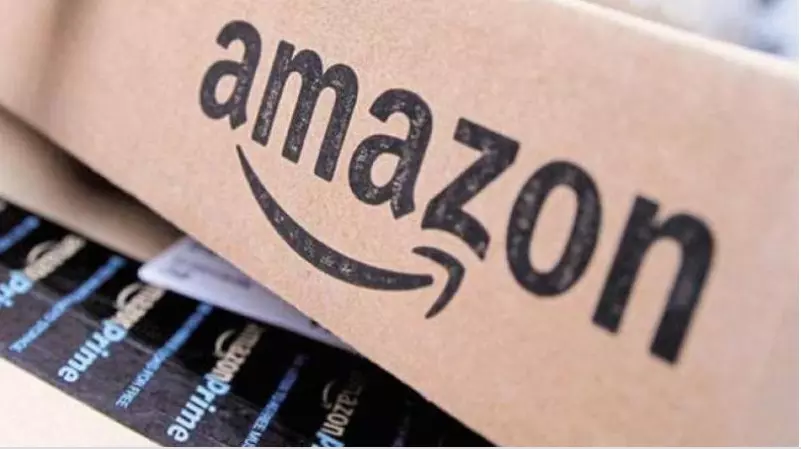When Your Favorite Brand is Actually a Mystery: Amazon’s Junk Brand Takeover

In the ever-evolving realm of online shopping, Amazon has become a veritable jungle, teeming with products and brands you’ve likely never heard of. Gone are the days when searching for a toaster or a phone charger would lead you straight to well-known names. Now, you’re met with a plethora of obscure Chinese brands that dominate the search results, often overshadowing the giants of the industry. This invasion of “junk” brands is reshaping the way we shop, and it’s a phenomenon that’s both fascinating and bewildering.
The Rise of the Obscure
Imagine you’re in the market for a new pair of headphones. You hop onto Amazon, type “headphones” into the search bar, and you’re immediately greeted by a wall of products. Sure, you see a couple of recognizable brands, but they’re quickly drowned out by a sea of unfamiliar names like “SoundBuddies” or “NoiseCancellator 3000.” These brands, often featuring quirky logos and eye-catching packaging, seem to promise the same features as their more established counterparts—at a fraction of the price.
So, how did we end up here? The surge of these obscure brands can be traced back to a combination of globalization, improved supply chains, and the ease of setting up shop on Amazon. In a world where anyone can become a seller, many entrepreneurs from China have flooded the marketplace with low-cost alternatives. With minimal overhead and the ability to drop-ship directly to consumers, these sellers have created a perfect storm for a new kind of shopping experience.
A Shopping Adventure
Shopping on Amazon has transformed into an adventure where you’re not just buying a product but navigating through an array of unknowns. The thrill of finding a hidden gem—a product that’s both cheap and surprisingly effective—keeps customers coming back for more. However, it also raises the question: Are we sacrificing quality for price?
Let’s take a look at the reviews. A quick scan reveals a mixed bag. Some products from these lesser-known brands receive glowing testimonials, claiming they outshine big-name competitors. “I can’t believe how great these headphones sound for just Rs.500/-” a user might rave, while another says, “These broke after two days; you get what you pay for.” The disparity highlights a vital truth in this brave new world: buyer beware.
The Search for Authenticity
As shoppers, we often seek authenticity and trustworthiness in our purchases. Established brands have built reputations over decades, offering assurances about quality and customer service. The influx of these junk brands complicates that narrative. While some do provide excellent value, others may leave consumers feeling duped when the product arrives and falls short of expectations.
This has prompted many savvy shoppers to become amateur detectives, delving into user reviews and product images to gauge whether a product is a hit or a miss. You might find yourself scrolling through pages of feedback, trying to decode which reviews are genuine and which ones are, let’s say, a little too enthusiastic. It’s a bit like a game of Russian roulette.
The Amazon Algorithm : A Game Changer
Behind the curtain, Amazon’s algorithms play a crucial role in this brand proliferation. They prioritize factors like price, availability, and customer ratings, often sidelining established brands that may not have the lowest price points. This dynamic empowers new brands to grab attention quickly, leading to a marketplace that feels like it’s always shifting.
Moreover, the clever marketing strategies employed by these brands contribute to their visibility. You’ll often find them investing in bright packaging, catchy product names, and sometimes even influencer partnerships to create an illusion of credibility. It’s a savvy move, but it raises an interesting ethical dilemma: How far can you go to dress up a product before it becomes misleading?
The Future of Shopping
As we look ahead, the landscape of online shopping is bound to continue evolving. The influx of junk brands on Amazon isn’t likely to slow down anytime soon. For consumers, this means we must adapt, developing sharper instincts for distinguishing between a deal and a dud.
In the end, while the allure of low prices and quirky brand names can be enticing, it’s crucial to remember that a little skepticism can go a long way. The next time you’re shopping for an everyday item, take a moment to consider what you’re really getting. After all, in a jungle of brands, sometimes the real treasure lies in the trusted names that have stood the test of time.
So, gear up, intrepid shoppers! Your next Amazon adventure awaits—just be prepared for a few surprises along the way!

